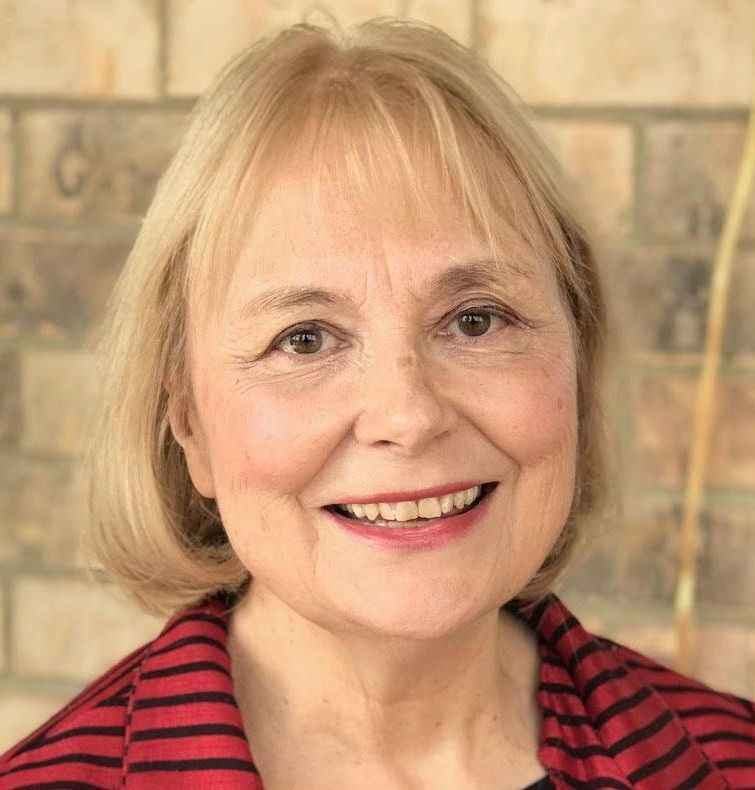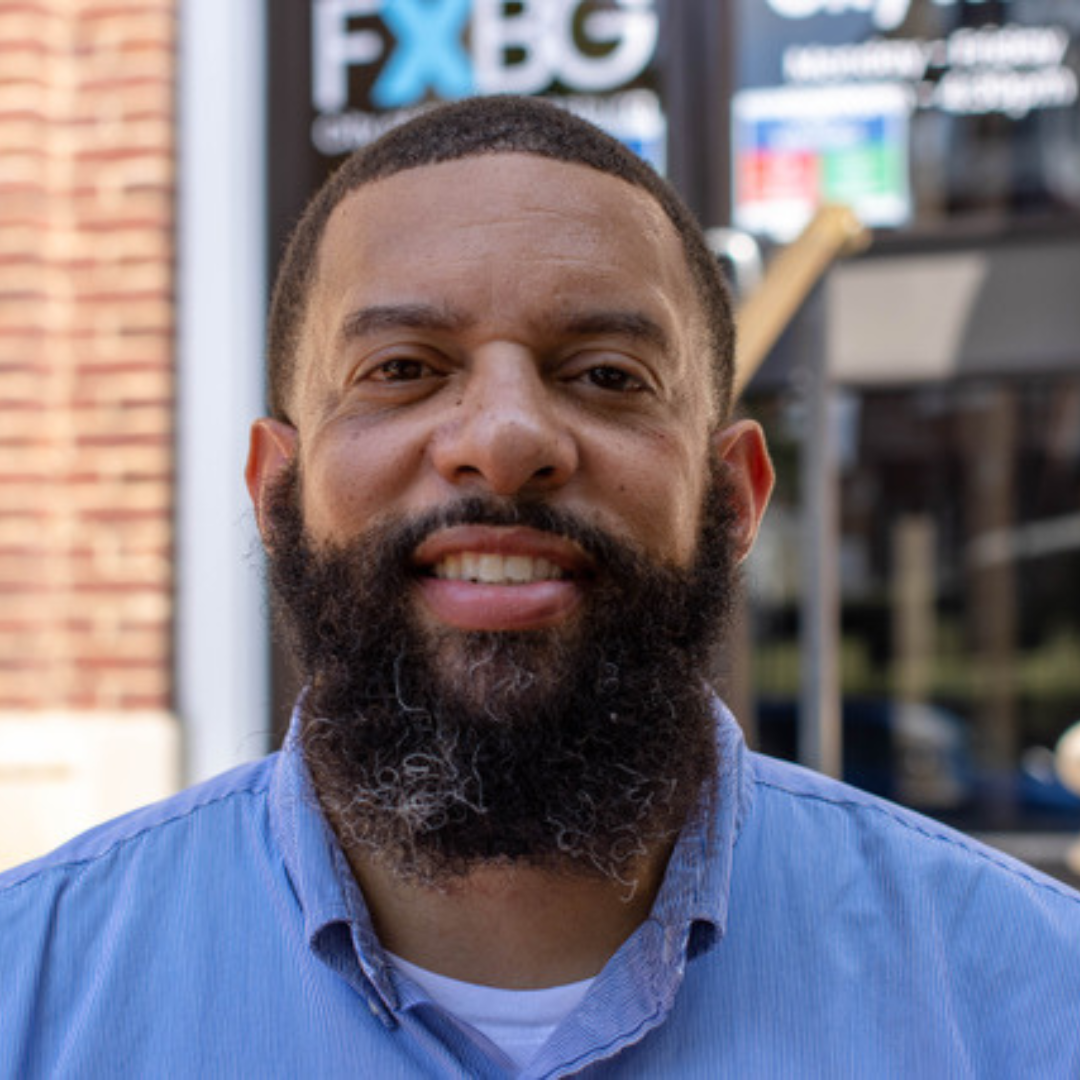6 Practical Tips for Building Stronger Communities
Actionable Insights from the February 2025 Local Leadership Chat
On February 7, I had the pleasure of hosting our latest Local Leadership Chat, where local leaders from across the country gathered on Zoom to discuss the challenges and opportunities of civic communication in a rapidly evolving media environment. The conversation was lively, insightful, and filled with practical advice for navigating the complexities of public engagement. I’m deeply grateful to everyone who participated and generously shared their experiences and expertise.
This conversation was also informed by the just-published
Community Catalysts podcast episode titled "Bring the Compassion," featuring Vivienne Leyva, Public Information Officer of Riley County, Kansas, who also joined us for this discussion. In her interview, Vivienne spoke about how important it is for government communications to focus on emotional connection, not just facts—an idea that resonated strongly throughout our chat.
Here’s a summary of the key lessons and strategies we explored together:
1. Build Strategic Relationships with Community Influencers
Several leaders emphasized the importance of building relationships with community influencers—those well-connected individuals who shape conversations online and in person. These influencers might be social media group administrators, bloggers, or community organizers, and their voices often carry significant weight in local discussions.
One participant described how they began reaching out to these influencers directly—not to engage in public debates, but to build a private dialogue, share facts, and explain the bigger picture. In some cases, even skeptics became allies, helping to correct misinformation and offering a more balanced perspective on local issues.
2. Prioritize In-Person Engagement to Build Trust and Foster Dialogue
Several leaders shared how in-person engagement has helped them build trust and create meaningful dialogue with residents. One noted that attending farmers’ markets and setting up booths with city staff allowed for casual but productive conversations. “It’s an informal setting, but it gives people a chance to ask questions and share their concerns without the formality of a public meeting,” they explained.
Programs like Neighborhood Leadership Academies were also highlighted as effective tools for deepening residents' understanding of local government. Some leaders described how academy alumni later became focus groups and ambassadors for new initiatives, helping to spread accurate information.
3. Adjust the Pace When Leaders Sense Decisions May Be Moving Too Fast
Leaders reflected on the importance of adjusting their approach when they sensed that decisions were moving too quickly for residents to follow. One example was a community facing a controversial water rate increase. When leaders realized the pace of discussions was causing confusion and frustration, they slowed things down, held additional public meetings, and provided thorough explanations at every step.
This approach led to an unexpected outcome: Residents who initially opposed the increase became more supportive once they felt their concerns were heard and understood.
4. Equip and Empower Staff to Be Ambassadors for Trust and Connection
Staff members often serve as the first point of contact for residents, making their role as community ambassadors crucial. Several participants emphasized that well-informed and engaged staff help foster trust and stronger community connections. Internal communication, ongoing training, and public recognition were cited as key strategies to support this.
One participant described their city’s three-day onboarding process, which goes beyond administrative basics to focus on the city’s values and customer service expectations. City leaders participate to emphasize the importance of responsive and caring service. The customer service training is interactive, focusing on listening, empathy, and problem-solving, helping employees handle difficult interactions while maintaining a service-first mindset.
The city also holds quarterly leadership dialogues, providing staff with a forum to discuss current issues, ask questions, and hear directly from leadership. These sessions highlight success stories—such as staff going above and beyond to help residents—building pride and reinforcing a culture of service and connection.
5. Lead with Compassion and Connection, Not Just Facts
If you've attended my From Conflict to Conversation keynote, you know I emphasize that an essential outcome of local governance is ensuring people feel connected, respected, and heard. That theme resonated strongly throughout this discussion. Governance isn’t just about sharing information; it’s about anticipating, recognizing, and responding to the emotions that lie beneath the facts.
Participants spoke about how effective communication means addressing the emotional context behind community concerns—whether it’s fear, frustration, or a desire for reassurance—and responding with care and understanding. Facts alone are not enough; empathy is key to building trust.
6. Be Proactive, Not Reactive, in Building Community Relationships
Participants repeatedly emphasized that effective civic communication must be proactive. Leaders who wait until problems arise are already at a disadvantage. Instead, the goal is to engage early and often—building relationships, listening to concerns, and addressing issues before they escalate.
Several leaders shared how they are continually innovating and enhancing community advisory boards, town halls, and direct outreach to foster meaningful dialogue—not only between the city and residents but also among residents themselves—building trust, encouraging shared understanding, and strengthening community connections.
Moving Forward Together
This conversation reminds me that local leadership is about more than policy—it’s about creating places where people feel heard, cared for, and empowered to help shape their communities.
In times when trust in government—and each other—feels fragile, the work we do at the local level becomes more essential than ever. The creativity and dedication shared in this discussion remind us that we’re not just solving problems—we’re building stronger, more connected communities.
Thank you again to all who participated! Let’s keep moving forward, working together to strengthen our communities every day.



